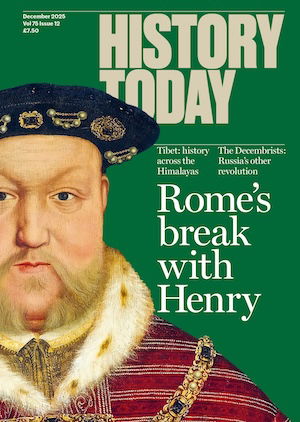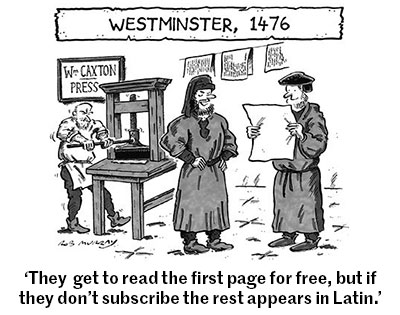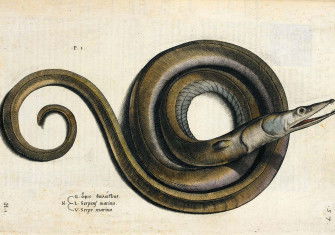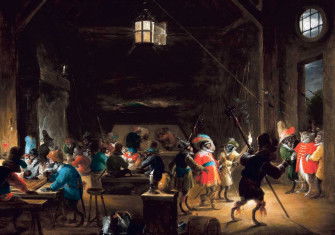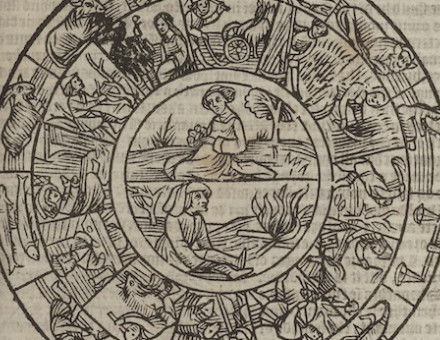For Whom the Bull Tolls: Hemingway and Bullfighting
Ernest Hemingway’s love of bullfighting bordered on obsession. Did he see his own insecurities reflected in the ring?
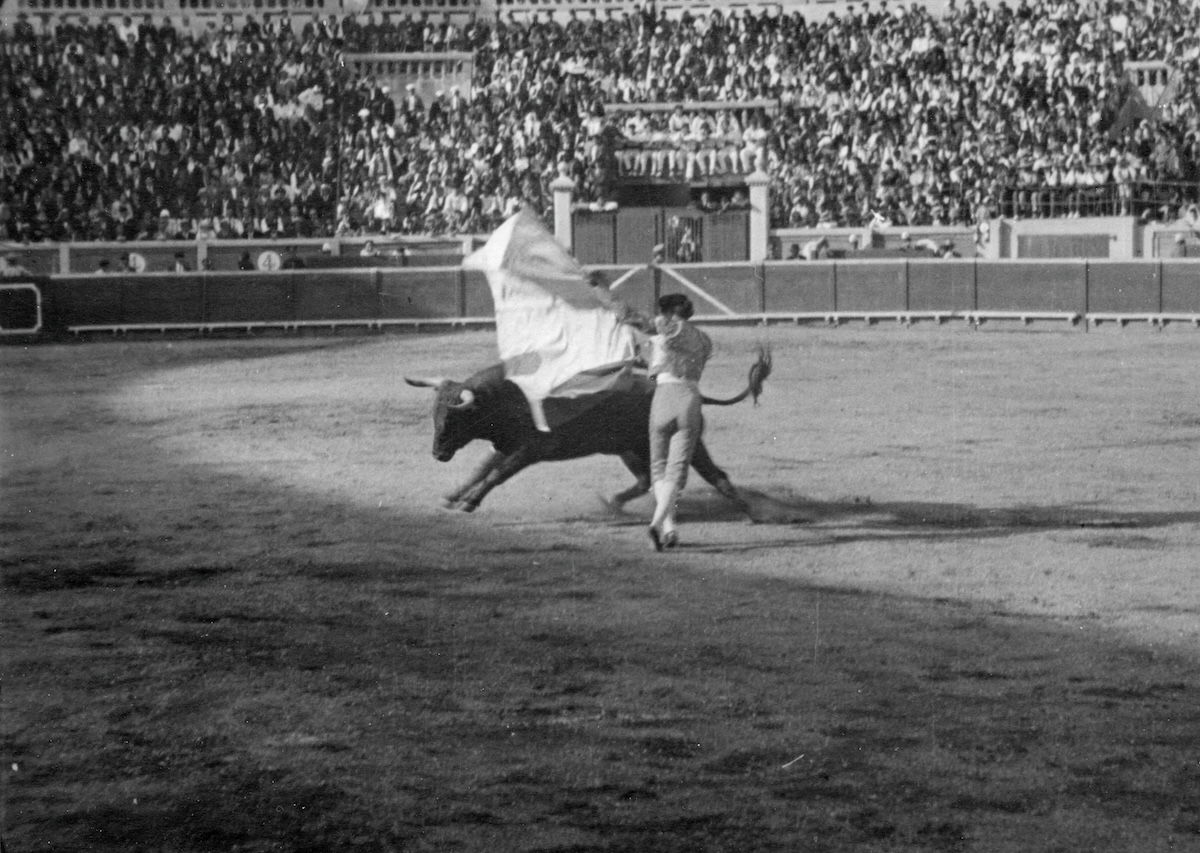
‘It is always a mistake to know an author’, wrote Ernest Hemingway – and, in recent years, many of his readers have been inclined to agree. Although still admired for his rugged, vigorous prose, the man once hailed as the ‘greatest writer since Shakespeare’ has seen his reputation decline as his personal life has come under scrutiny. While he was a born adventurer, a natural sportsman, a raconteur and a loyal friend, he could also be vain, homophobic, misogynistic and bigoted. During the Second World War, he forced his third wife, Martha, to travel to Europe on a ship full of explosives rather than let her take the plane with him; he insisted on being called ‘Papa’, even by older friends; and he peppered his works with racist and antisemitic remarks. One biographer was so appalled by his ways that, halfway through writing the book, he asked himself: ‘What’s the point?’

